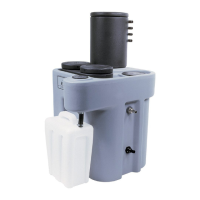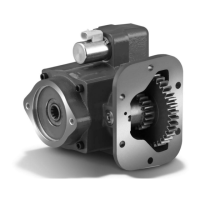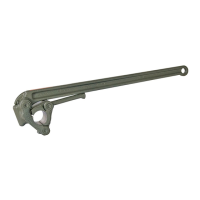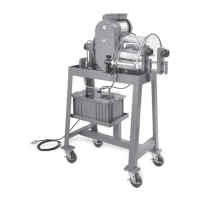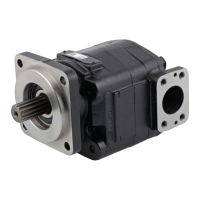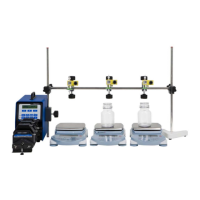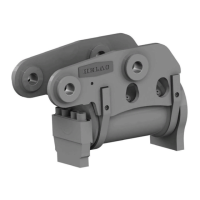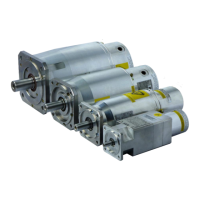192-550004N2 ETH ATEX November 2013 9
1.3.4. Type of explosion protection
In addition to category and device class, which are the minimum required
information, the device or component designation gives additional information with
reference to the type of protection and explosion group for gases and mists.
The type of explosion protection defines which method or measures is/are used for
explosion protection in given equipment or individual components.
For non electric equipment, the following types of explosion protection are possible:
Type of explosion protection
EN 13463-2
(except category 1)
Ignition source monitoring
For Parker’s ETH electro cylinders, the constructional safety "c" method is applied.
1.3.5. Explosion subgroup
The explosion group is an indicator for the inflammability (explosive potential) of
gases (explosive atmospheres). The requirements for the equipment increase from
IIA to IIC.
Propane, acetone, ammonia, gasoline, benzene,
diesel fuel, heavy fuel, methane, methanol, propane
Ethylene, ethyl alcohol, hydrogen sulphide
Hydrogen, carbon disulphide, acetylene
Gas explosion subgroups of the Parker ETH electro cylinder (see on page 10).
1.3.6. Temperature classes
Classification of flammable gases and vapors depending on their ignition
temperature:
Maximum permitted material surface temperature [°C]
For flammable substances, the temperature class and the maximum permitted
surface temperature of the equipment are of essential importance.
1.3.7. ATEX and machinery directive
The ATEX directive is in effect since July 1st. 2003 and replaces the individual laws
of the respective countries with reference to explosive atmospheres. While
previously only referring to electrical devices, the directive now does also comprise
mechanical, hydraulic and pneumatic devices.
With reference to the machinery directive 2006/42/EC it must be taken into
consideration, that a number of external requirements stated in the ATEX directive
94/9/EC refer to dangers occurring in explosive atmospheres, whereas the
machinery directive does only list requirements for explosion protection.
Hence, the ATEX directive 94/9/EC is superior to the machinery directive with
reference to explosion protection in potentially explosive atmospheres. The
requirements of the machinery directive are however valid for all other dangers
when operating machines.
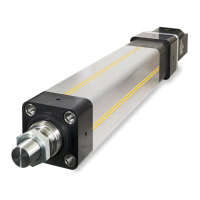
